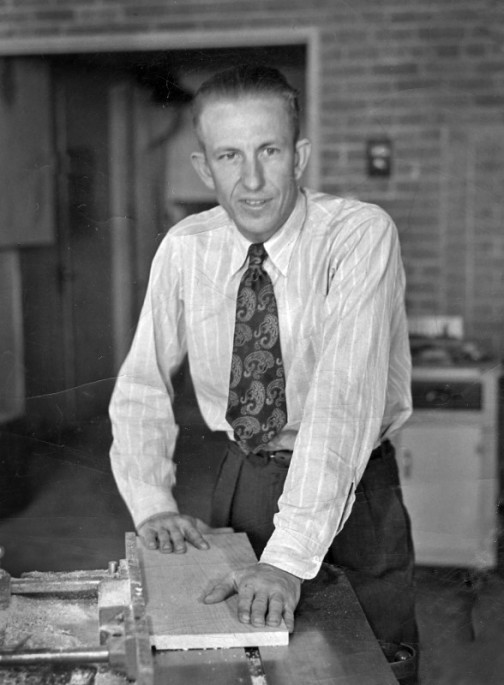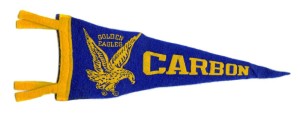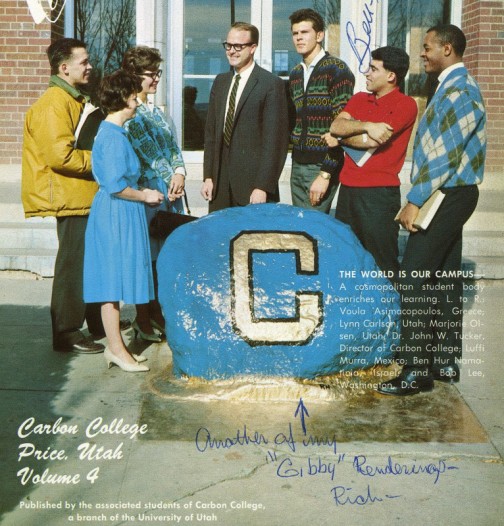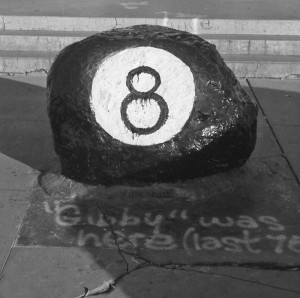One after another, the landmarks of my youth go missing. The latest casualty: a single story red brick building on the campus of Utah State University Eastern known as the Student Activity Center. But when I was growing up in Price it was called the Vocational Arts Building. At the VAB, students could learn welding, auto mechanics, woodworking, and drafting. In the Nineteen Forties, my father taught woodworking there and would come home each night smelling of sawdust.
In those days the institution was known as Carbon College, even though it was partly a high school. Junior and senior high schoolers mingled with junior college freshmen and sophomores. The Vocational Arts program accepted not just high school students but also walk-ins and dropouts, the idea being that any form of education is better than none at all.
Tuition was cheap—even by yesteryear’s standards. My freshman year at Carbon College cost just seventy-five dollars, and I didn’t even have to pay that because I’d been awarded a full-tuition music scholarship. After it was discovered I couldn’t read music, I was made drum major of the Golden Eagles Marching Band—a band so small, as I’ve noted elsewhere—that we couldn’t form upper case letters on the football field.
The student body was also small, so small that many of the football players also played in the marching band, so at halftime there’d be a bit of a scramble as players changed uniforms. Needless to say, this could lead to confusion. For instance, there was the night a brawl broke out on the field—between our Golden Eagles and their arch rivals, the Snow College Badgers. As the melee grew, a referee came running to the sideline.
“Play the Star-Spangled Banner,” he shouted.
Excellent idea. Surely the national anthem would restore order to the stadium.
I was in the process of trying to corral the band members when I discovered our baritone player had gone missing. Turning around, I saw to my dismay that Jim Bowns, a stocky musician/athlete from Evanston, Wyoming, had joined in the fight. I shall never forget the sight of the hapless Badger swinging wildly, his head wedged firmly inside the bell of a baritone!
As we launched into the national anthem the crowd rose from their seats—on a rickety WPA-era wooden grandstand known as Old Splinters. Matter of fact, rare was the event when spectators were able to remain seated on Old Splinters.
Old Splinters has since disappeared, as has the baseball stadium, the gymnasium, the classroom/administration building, and the music building. Indeed, all that remains from the old days is the college’s pet rock Gibby—short for “Gibraltar.” Gibby mysteriously showed up in front of the main entrance to the administration building sixty-some years ago. Instead of removing it, the college elected to adopt it, and to paint a large block “C” on it. But now that the college has been renamed, that block letter has been replaced by…whatever. The result is that whenever I go home to visit my alma mater, first I have to go searching for wherever it is they have moved Gibby to, and then I have to try to recognize it underneath its current coat of paint.



